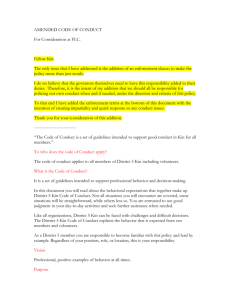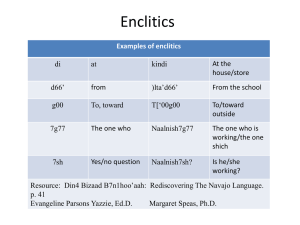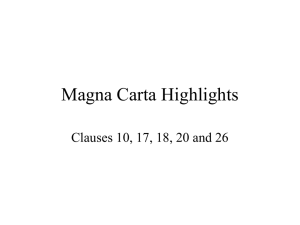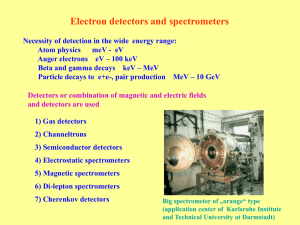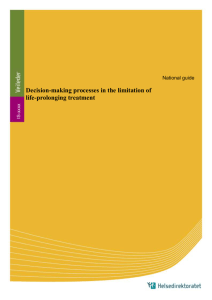EVascoSup07v4
advertisement
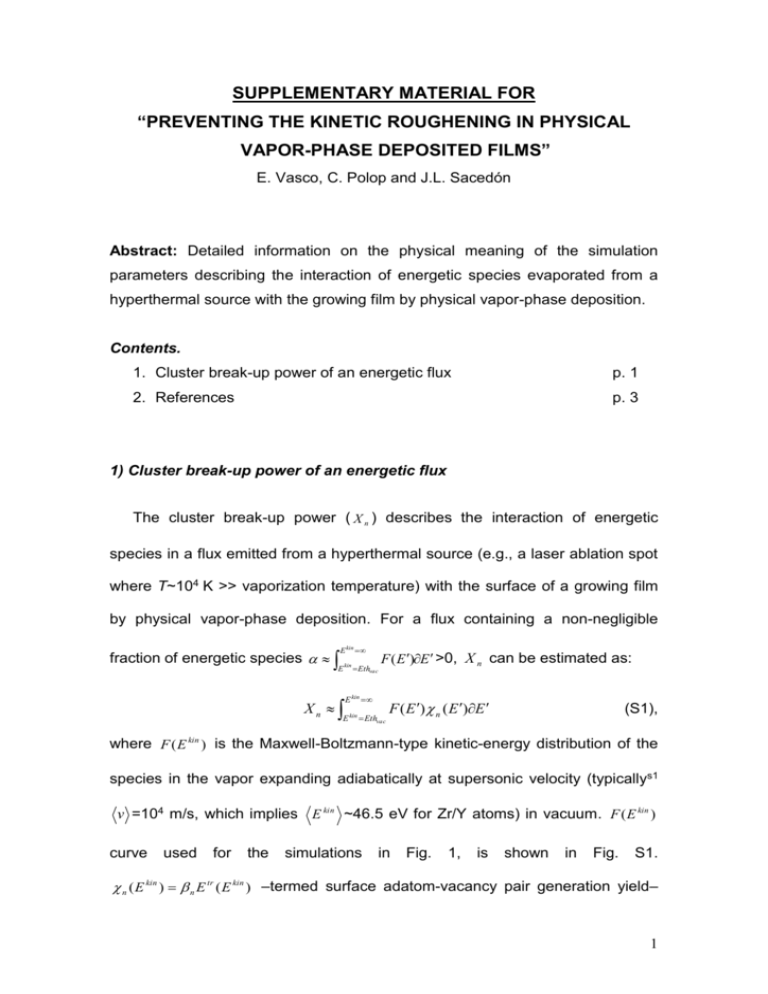
SUPPLEMENTARY MATERIAL FOR “PREVENTING THE KINETIC ROUGHENING IN PHYSICAL VAPOR-PHASE DEPOSITED FILMS” E. Vasco, C. Polop and J.L. Sacedón Abstract: Detailed information on the physical meaning of the simulation parameters describing the interaction of energetic species evaporated from a hyperthermal source with the growing film by physical vapor-phase deposition. Contents. 1. Cluster break-up power of an energetic flux p. 1 2. References p. 3 1) Cluster break-up power of an energetic flux The cluster break-up power ( X n ) describes the interaction of energetic species in a flux emitted from a hyperthermal source (e.g., a laser ablation spot where T~104 K >> vaporization temperature) with the surface of a growing film by physical vapor-phase deposition. For a flux containing a non-negligible fraction of energetic species E kin E kin Ethvac Xn F ( E )E >0, X n can be estimated as: E kin E kin Ethvac F ( E ) n ( E )E (S1), where F ( E kin ) is the Maxwell-Boltzmann-type kinetic-energy distribution of the species in the vapor expanding adiabatically at supersonic velocity (typicallys1 v =104 m/s, which implies E kin ~46.5 eV for Zr/Y atoms) in vacuum. F ( E kin ) curve used for the simulations in Fig. 1, is shown in Fig. S1. n ( E kin ) n E tr ( E kin ) –termed surface adatom-vacancy pair generation yield– 1 estimates the break-up probability of an n-sized cluster through the removal of any of its n perimeter atoms. n 6 ln 1 E ndiss E 0 2 E ndiss (Ref. s2), where E ndiss and E0 =25 eV are the cluster dissociation energy and displacement energy to remove a Zr atom from its lattice position, respectively; whereas E tr ( E kin ) corresponds to the transferred energy by nuclear stopping during the incident species–surface collision. Ethvac denotes the threshold energy to activate the cluster break-up phenomenon. Fig. S1 Dependences of surface adatom-vacancy pair generation ( n , □—left axis) and sputtering ( s , ■—right axis) average yields on the kinetic energy of the incident species for a 3-ML thick YSZ surfaces3/InP (Ref. s4). The solid black curve F ( E kin ) corresponds to the normalized Maxwell-Boltzmann energy distribution of the incident species emitted from a hyperthermal source. Inset: E kin dependence of the transferred energy E tr to the YSZ film by nuclear stopping powers5 during the impact of energetic species. 2 n ( E kin ) averaged over the populations of different-sized clusters at t=30s (the longest simulation time) and added by ML up (assuming the stopping power of 1 ML to be negligible) was calculated from the E tr ( E kin ) dependence (Fig. S1 inset) computed for a 3-ML thick YSZ surfaces3/InP (Ref. s4) by MonteCarlo simulation.s5 E kin dependence of thus-calculated n is plotted in Fig. S1 together with the sputtering yield s –this latter computed directly by TRIMs5– of the minority chemical species in the flux. These species are assumed to be atomic Zr and Y considering the deposition gas atmosphere as an infinite reservoir of oxygen. The linear interpolations of the n & s -versus- E kin dependences (according to the linear collision-cascade theory)s2 as well as the estimated threshold energies ( Ethvac =24 and Ethspt =52 eV) to activate the considered processes (cluster break-up and sputtering, respectively) are specified in the figure. These values are in good agreement with the threshold energies attained by kinetic Monte Carlo–molecular dynamics simulations considering the local structure of the surface at potential sites of impacts.s6 REFERENCES: S1. D.B. Chrisey and G.K. Hubler, Pulsed Laser Deposition of Thin Films (John Wiley & Sons., New York, 1994) Chapter 5 S2. P. Sigmund, Appl. Phys. Lett. 14, 114 (1969) and Phys. Rev. 184, 383 (1969) S3. For the calculation, the =3-ML thick YSZ film was considered to have a reduced ysz (surface-like) density bulk k that corresponds to a no closed film. k 1 S4. E. Vasco and C. Zaldo, J. Phys:-Condens. Mat. 16, 8201 (2004) S5. J.F. Ziegler, J.P. Biersack, and U. Littmark, The Stopping and Range of Ions in Solids (Pergamon Press, New York, 1985) S6. J.M. Pomeroy, J. Jacobsen, C.C. Hill, et al., Phys. Rev. B 66, 235412 (2002) 3


